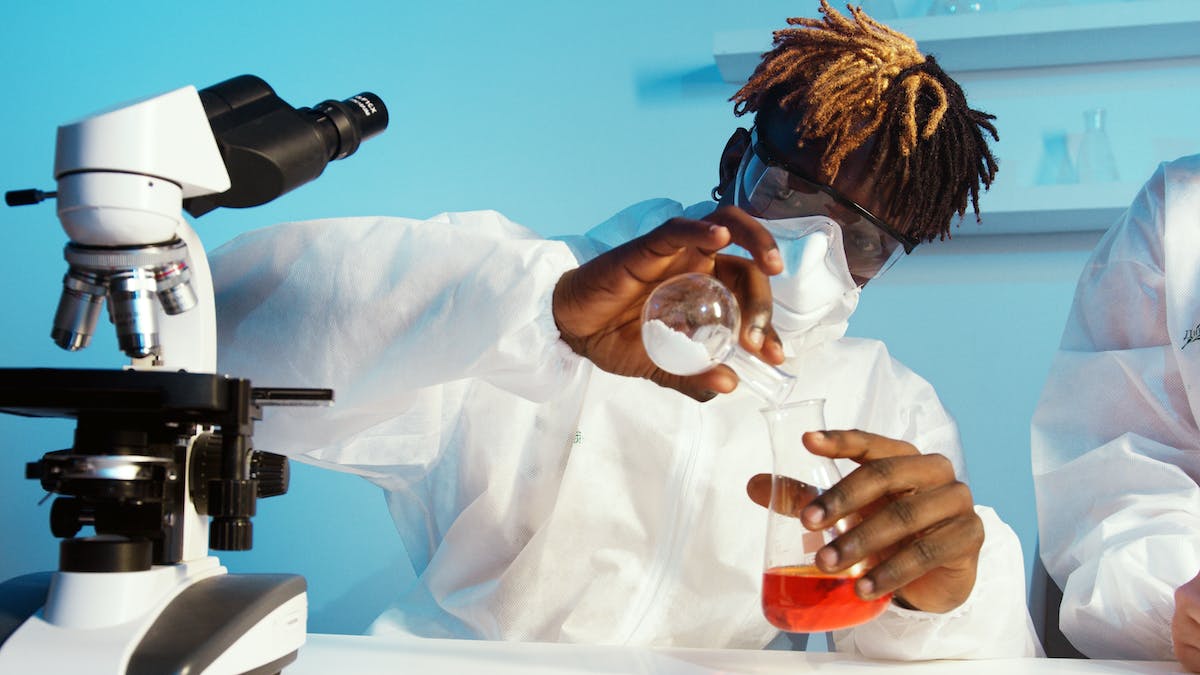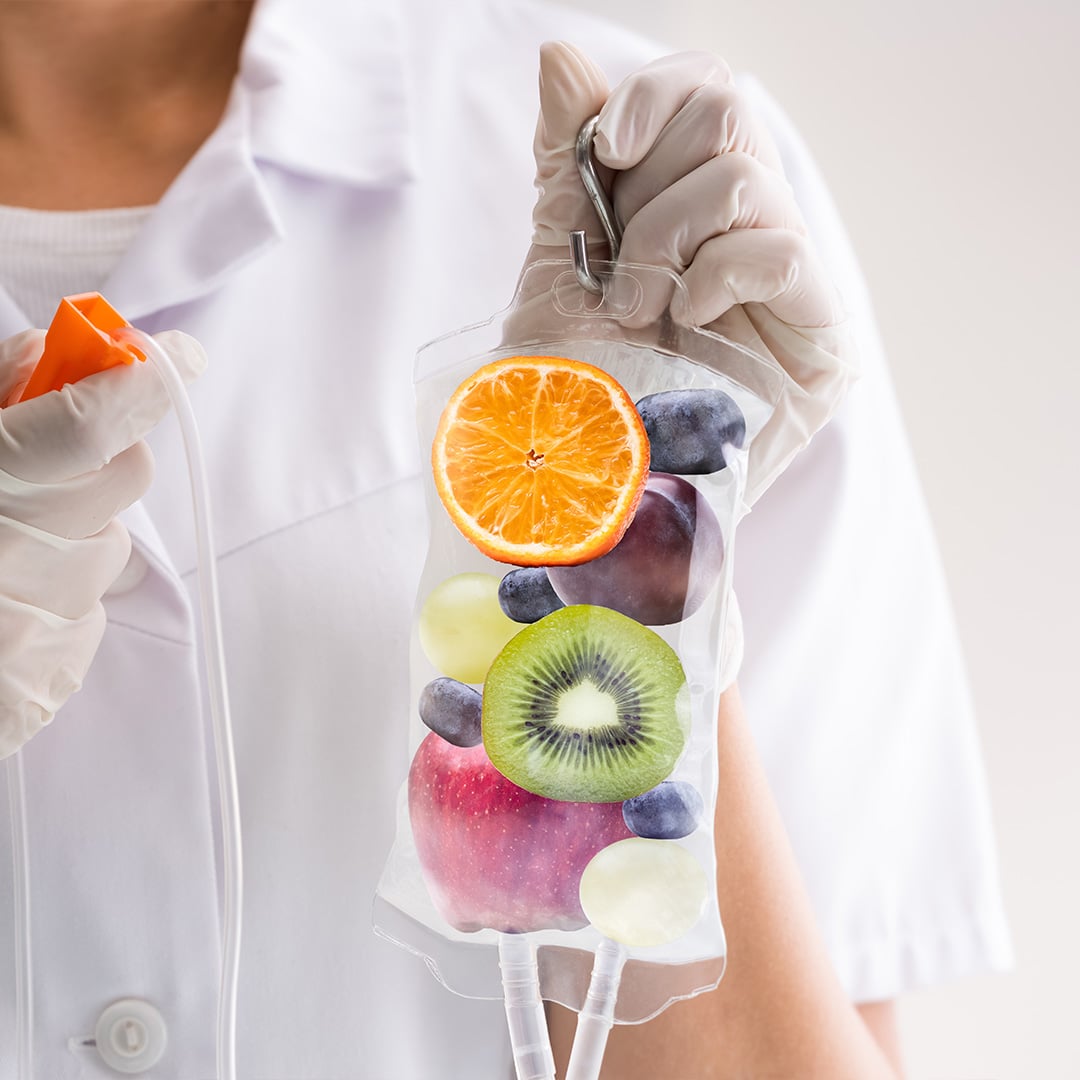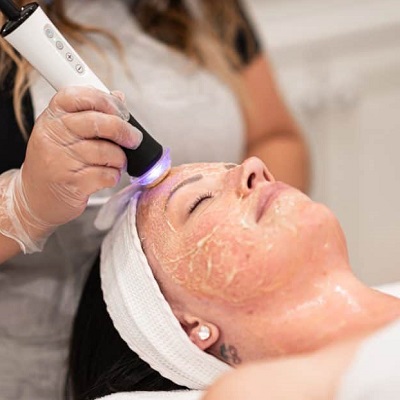Introduction
In the realm of medicine, the fusion of regenerative techniques with sports medicine has revolutionized treatment approaches. Orthobiologics, a field at the intersection of these disciplines, holds the promise of healing and recovery for athletes and individuals seeking non-surgical solutions. Let’s delve into the realm of regenerative and sports medicine, unlocking the potential of orthobiologics and their transformative impact on healing.
Understanding Regenerative and Sports Medicine
The Convergence of Healing Disciplines
Regenerative medicine focuses on harnessing the body’s innate healing mechanisms to repair and regenerate damaged tissues. When merged with sports medicine, this approach becomes a beacon of hope for individuals grappling with musculoskeletal injuries, especially athletes aiming for swift recovery.
Orthobiologics: Nature’s Healing Arsenal
Orthobiologics refer to substances derived from the body that promote healing and regeneration. These include platelet-rich plasma (PRP), stem cells, growth factors, and other naturally occurring elements. These substances are utilized to stimulate the body’s healing processes, aiding in tissue repair and regeneration.
The Role of Orthobiologics in Sports Injuries
Healing Beyond Traditional Methods
Injuries sustained in sports often involve musculoskeletal tissues like tendons, ligaments, and cartilage. Orthobiologics offer an alternative to traditional surgery by leveraging the body’s own healing factors to repair these tissues, accelerating recovery and reducing downtime.
The Power of Platelet-Rich Plasma (PRP)
PRP therapy involves extracting a patient’s blood, processing it to concentrate platelets rich in growth factors, and injecting this potent serum into the injured area. The growth factors within PRP stimulate tissue repair, facilitating faster healing of tendon and ligament injuries.
Applications Beyond Sports: Orthobiologics in Chronic Conditions
Joint Degeneration and Osteoarthritis
Orthobiologics extend their healing touch beyond sports-related injuries. In cases of joint degeneration and osteoarthritis, treatments like stem cell therapy aim to regenerate damaged cartilage and tissues, alleviating pain and improving joint function.
Chronic Tendon and Muscle Injuries
Tendinopathies and chronic muscle injuries, commonly seen in athletes and non-athletes alike, find relief through orthobiologics. These therapies aim to enhance the body’s natural healing process, promoting tissue repair and reducing chronic pain.
The Science Behind Orthobiologics
Regeneration at a Cellular Level
Orthobiologics leverage the body’s cellular mechanisms to promote healing. Stem cell therapy, for instance, utilizes the regenerative potential of stem cells to repair damaged tissues, aiding in the restoration of function and reducing inflammation.
Precision and Personalization in Treatment
Orthobiologics offer a personalized approach to healing. Tailored treatments, considering factors like the severity of injury, the patient’s overall health, and the specific tissues involved, ensure a targeted and effective therapeutic strategy.
Considerations and Future Directions
Integration with Conventional Treatments
Orthobiologics don’t replace traditional treatments but rather complement existing approaches. They serve as an adjunct to rehabilitation, enhancing the body’s natural healing processes to expedite recovery.
Advancements and Research Initiatives
Ongoing research continues to expand the horizons of orthobiologics. Innovations aim to optimize treatment protocols, improve outcomes, and explore novel applications in various medical fields beyond sports injuries.
Conclusion
In the evolving landscape of medicine, the convergence of regenerative and sports medicine through orthobiologics offers a beacon of hope for those seeking healing. With the potential to revolutionize treatment approaches, these innovative therapies empower individuals to embark on a journey of recovery and restoration, transcending the boundaries of traditional medicine. Embrace the transformative power of orthobiologics and witness the body’s innate ability to heal, regenerate, and reclaim vitality in the face of injuries and degenerative conditions.
FAQs About Regenerative and Sports Medicine with Orthobiologics
1. Are orthobiologic treatments like PRP injections and stem cell therapy safe?
Yes, orthobiologic treatments are generally safe. These therapies utilize substances derived from the patient’s body, minimizing the risk of allergic reactions or adverse effects. However, as with any medical procedure, discussing potential risks and benefits with a healthcare provider is crucial.
2. How long does it typically take to see results from orthobiologic treatments for sports injuries?
The timeframe for experiencing results from orthobiologic treatments varies based on factors like the type and severity of the injury, the individual’s healing capacity, and the specific treatment used. While some patients notice improvements within a few weeks, others might experience gradual progress over several months.
3. Are orthobiologic treatments only for athletes, or can they benefit non-athletes with chronic musculoskeletal conditions?
Orthobiologic treatments aren’t exclusive to athletes. They offer benefits to anyone suffering from chronic musculoskeletal conditions like osteoarthritis, tendinopathies, or joint degeneration, providing a non-surgical alternative for healing and pain relief.
4. How do orthobiologic treatments like stem cell therapy work to regenerate tissues in the body?
Stem cell therapy involves using the body’s own stem cells, which have the ability to transform into various cell types. When injected into damaged tissues, these stem cells stimulate the body’s natural healing processes, promoting tissue repair and regeneration.
5. Can orthobiologic treatments completely replace the need for surgery in treating sports injuries?
For certain injuries, orthobiologic treatments can serve as an effective alternative to surgery. However, the suitability of these treatments depends on the type and severity of the injury. In some cases, surgery might still be necessary, but orthobiologics can complement post-surgical rehabilitation for enhanced recovery. Consulting with a healthcare professional helps determine the most suitable treatment approach.




